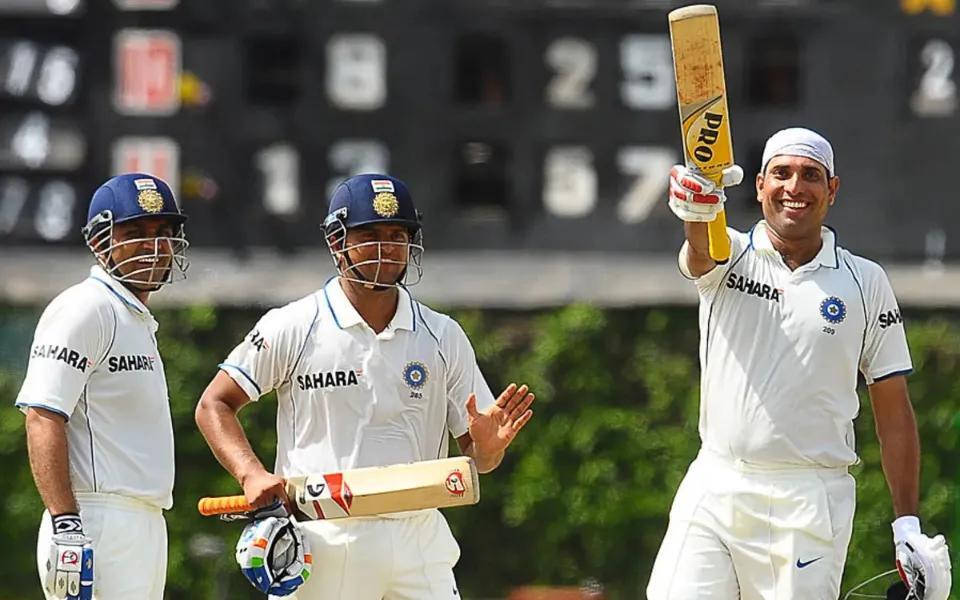
Why did ICC scrap runner rule in international cricket in 2011?
The International Cricket Council (ICC) made a significant change to the game of cricket in 2011 by scrapping the runner rule in international cricket. For those who may not be familiar with the rule, a runner was a player who would run for a batsman who was injured or tired, allowing the batsman to conserve energy and stay at the crease for longer. However, the ICC deemed that the rule was being abused and was no longer necessary in the game.
In this blog post, we will delve into the reasons behind the ICC’s decision to scrap the runner rule and what impact it has had on the game of cricket.
Background of the runner rule
The runner rule was first introduced in the late 19th century, when cricket was a gentleman’s game played by the elite. The rule was intended to allow batsmen to rest and recover from injuries or exhaustion, while still continuing to contribute to the game. Over time, the rule became more widespread and was adopted in international cricket.
However, in the 20th century, the runner rule began to be used more strategically, with some batsmen using their runners to gain an unfair advantage. The rule was often abused, with batsmen using their runners to take quick runs and gain an advantage over the opposition.
Reasons for scrapping the runner rule
The ICC decided to scrap the runner rule in 2011 due to widespread abuse and misuse of the rule. The governing body cited several reasons for its decision, including:
- Abuse of the rule: The ICC found that many batsmen were using their runners to gain an unfair advantage, rather than to genuinely rest and recover from injuries. This was seen as unfair to the opposition and undermined the spirit of the game.
- Difficulty in judging genuine injuries: The ICC found it difficult to determine whether a batsman’s injury was genuine or not. This led to disputes and controversy on the field, which was detrimental to the game.
- Imbalance between batsmen and bowlers: The ICC felt that the runner rule created an imbalance between batsmen and bowlers. Bowlers were not allowed to continue bowling after sustaining an injury, while batsmen could continue to bat with the help of a runner. This was seen as unfair and created an uneven contest.
Impact of scrapping the runner rule
The scrapping of the runner rule has had several significant impacts on the game of cricket:
- Increased physical demands on batsmen: Without the option to use a runner, batsmen are now required to be more physically fit and able to run for themselves. This has led to a greater emphasis on fitness and conditioning in cricket.
- Increased pressure on batsmen: Without the option to use a runner, batsmen are now under more pressure to score runs quickly and take risks. This has led to a more exciting and dynamic game of cricket.
- More emphasis on partnerships: The scrapping of the runner rule has led to a greater emphasis on partnerships between batsmen. Batsmen are now more likely to form partnerships and work together to score runs, rather than relying on a runner to do the running for them.
Conclusion
The ICC’s decision to scrap the runner rule in 2011 was a significant change to the game of cricket. The decision was made to address widespread abuse and misuse of the rule, and to create a more even contest between batsmen and bowlers. The impact of the decision has been significant, with batsmen now required to be more physically fit and able to run for themselves. The game of cricket is now more exciting and dynamic, with a greater emphasis on partnerships and fitness.
Source:






